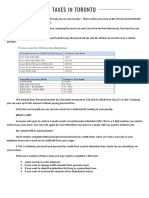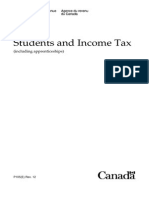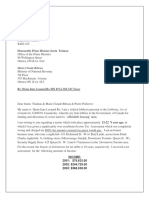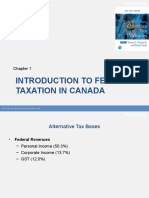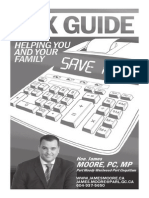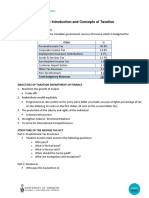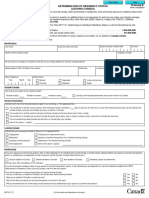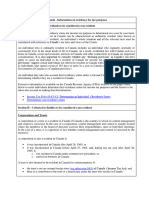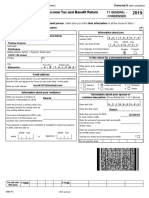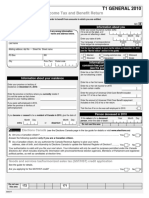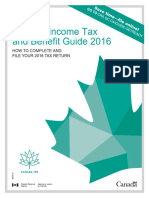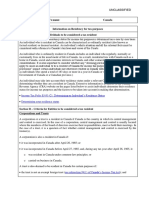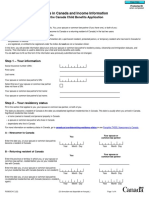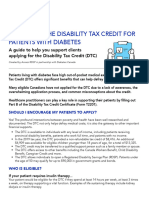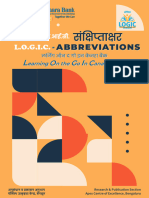0% found this document useful (0 votes)
16 views24 pagesCanadian Tax Overview
The document provides an overview of tax support for newcomers to Canada, detailing residency requirements, tax filing obligations, and types of taxes applicable to residents and non-residents. It explains the significance of residential ties, tax rates, deductions, and benefits available to individuals, as well as estate tax considerations after a person's death. Additionally, it outlines the necessary preparations for newcomers regarding property ownership and foreign income reporting.
Uploaded by
hfkoscarCopyright
© © All Rights Reserved
We take content rights seriously. If you suspect this is your content, claim it here.
Available Formats
Download as PDF, TXT or read online on Scribd
0% found this document useful (0 votes)
16 views24 pagesCanadian Tax Overview
The document provides an overview of tax support for newcomers to Canada, detailing residency requirements, tax filing obligations, and types of taxes applicable to residents and non-residents. It explains the significance of residential ties, tax rates, deductions, and benefits available to individuals, as well as estate tax considerations after a person's death. Additionally, it outlines the necessary preparations for newcomers regarding property ownership and foreign income reporting.
Uploaded by
hfkoscarCopyright
© © All Rights Reserved
We take content rights seriously. If you suspect this is your content, claim it here.
Available Formats
Download as PDF, TXT or read online on Scribd
/ 24

